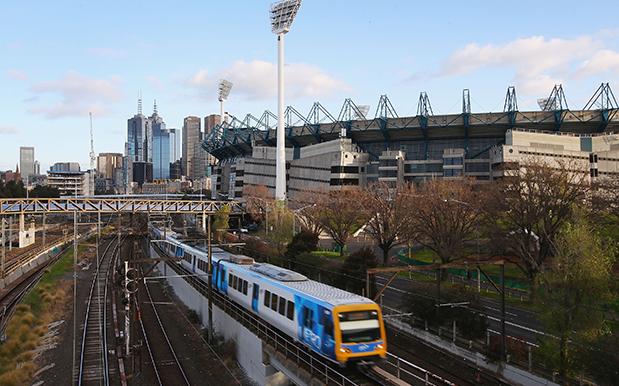One of the Andrews State Government‘s key election policies prior to getting elected was the scrapping of the previous Liberal government’s much-loathed East West Link project in favour of the Melbourne Metro; a massive undertaking that will see a second rail tunnel drilled under city to compliment the pre-existing city loop, providing commuters with a whole new passage through the city from north to south.
The $10.9billion project will see a pair of 9km tunnels dug beneath the Melbourne CBD and Yarra River, and will install 5 new underground train stations that will connect the Parkville area in the north with the Domain to the south. The five stations are to be located at Arden, Parkville, CBD North, CBD South, and the Domain.
Work on the project is expected to begin next year, which will cause significant disruptions to the city while construction takes place (digging a tunnel under a major metropolitan city ain’t exactly a cakewalk, after all).
But the environmental impact on the areas affected could be fairly significant, with reports suggesting over 900 trees will need to be removed whilst construction is on-going.
106 trees from the Grattan St location of the Parkville station will need to be removed, which includes 10 elm trees from Royal Parade. A further 223 trees will need to be removed or relocated from the Domain area, which includes trees from St Kilda Rd, Toorak Rd, and from within the Shrine of Remembrance grounds.
Another 218 trees will need to go from South Yarra, West Kensington & Arden will both lose 50, the CBD North will need 40 trees removed, and the CBD South will see 24 trees go.
Lord Mayor Robert Doyle stated his support for the project, but registered concern over the number of tree removals, vowing to assess any proposed removals on a “tree-by-tree” basis. The Metro report asserts that all the trees under threat of removal have an average lifespan of 20 years, and that the project would replant trees as works underground are completed and surface turf is released back for public use.
The report, issued today, also made note of three vulnerable animals – the Grey Goshawk, the Powerful Owl, and the Grey Headed Flying Fox – as of some concern. However the species’ mobility, and the fact that none of the trees marked for clearing are primary food sources, was also noted.
“As these species are highly mobile, the potential for Melbourne Metro to have any impact on them is very low.”
Preliminary testing at key sites has already begun, ahead of major construction commencing at some point in 2017.
Photo: Michael Dodge/Getty.




